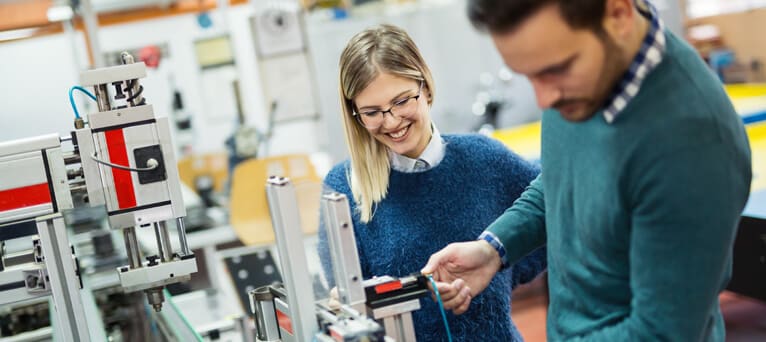For instructions on how to apply, please see: PhD Studentships: UKRI Centre for Doctoral Training in Socially Intelligent Artificial Agents.
Supervisors:
- Monika Harvey: School of Psychology
- Alessandro Vinciarelli: School of Computing Science
It is clear to everybody that people differ widely, but the underlying assumption of current technology designs is that all users are equal. The large cost of this, is the exclusion of users that fall far from the average that technology designers use as their ideal abstraction (Holmes, 2019). In some cases, the mismatch is evident (e.g., a mouse typically designed for right-handed people is more difficult to use for left-handers) and attempts have been made to accommodate the differences. In other cases, the differences are more subtle and difficult to observe and no attempt has been made, to the best of our knowledge, as yet to take them into account. This is the case, in particular, for change blindness (Rensink, 2004) and inhibition of return (Posner & Cohen, 1984), two brain phenomena that limit our ability to process stimuli presented too closely in space and time. The overarching goal of the project is thus to design Human-Computer Interfaces capable of adapting to the limits of every user, in view of a fully inclusive design capable putting every user at ease, i.e., enabling him/her to interact with technology according to her/his processing speed and not according to the speed imposed by technology designers.
The proposed approach includes four steps:
- Development of the methodologies for the automatic measurement of the phenomena described above through their effect on EEG signals (e.g., changes in P1, N1 components (McDonald et al., 1999) and behavioural performance (e.g., in/decreased accuracy, in/decreased reaction times);
- Identification of the relationship between the phenomena above and observable factors such as age, education level, computer familiarity, etc. of the user;
- Adaptation of the technology design to the factors above,
- Analysis of the improvement of the users’ experience.
The main expected outcome is that technology will become more inclusive and capable of accommodating the individual needs of its users in terms of processing speed and ease of use. This will be particularly beneficial for those groups of users that, for different reasons, tend to be penalised in terms of processing speed, in particular older adults and special populations (e.g., children with developmental issues, stroke survivors, and related cohorts). The project is of great industrial interest because, ultimately, improving the inclusion of technical design greatly increases user satisfaction, a crucial requirement for every company that aims to commercialise technology.

 Continue with Facebook
Continue with Facebook



